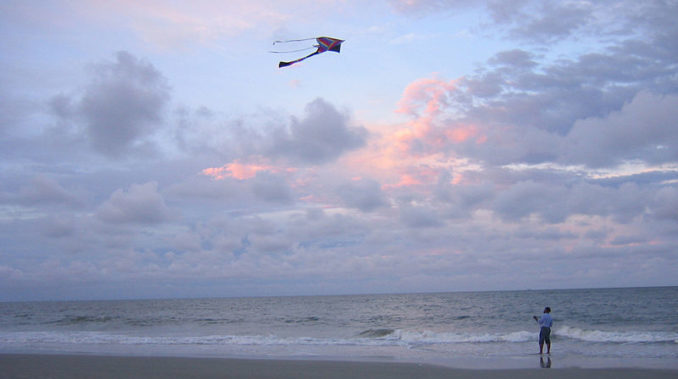
The history of manned flight is filled with iconic images of hot air balloons, biplanes, helicopters, and even the mythological wings of Icarus and Daedalus. Unfortunately for Samuel F. Perkins, one form of manned flying device is often ignored by the history books. That would be the kite.
In September, 1910 five large kites took to the sky over the Harvard-Boston Aero Meet. Perkins was in them, and reached an altitude of about 200 feet before guiding the kites back to the ground.
Kites had been used before to send men aloft, usually in military and spying operations. Those efforts were typically limited because of the high mortality rates which resulted.
Perkins’ proprietary design was crafted from silk and spruce wood, and used a series of smaller kites to generate enough lift that during very windy days it could easily transport a man. He touted it as safe, and demonstrated his sincerity by becoming the main passenger in most demonstrations of his creation. He would take others up, as well; many reporters of the day found their first flight not in one of the new “airplanes” which were being constructed but rather in a Perkins kite.
Perkins worked to get the military interested in his invention. The army was very interested in the power of aircraft in combat and spying operations, but having a sense of the history of military kites the decision makers opted to promote airplanes instead.
Their decision proved wise. While airplanes became ever more sophisticated, the Perkins kites demonstrated that their creator was overconfident in his declarations of kite safety. On various occasions he fell 75, 150 and more than 200 feet to the ground after aerial mishaps, but the presence of supporting kites slowed his fall enough to render him merely injured, not dead.
Despite losing to airplanes for being a safe method of transport, kites continued to be used as amplifiers and relays for electromagnetic signals. People were a little more willing to risk losing an antenna than someone’s life… particularly their own.
Question of the night: What’s one of your memorable air travel experiences?
